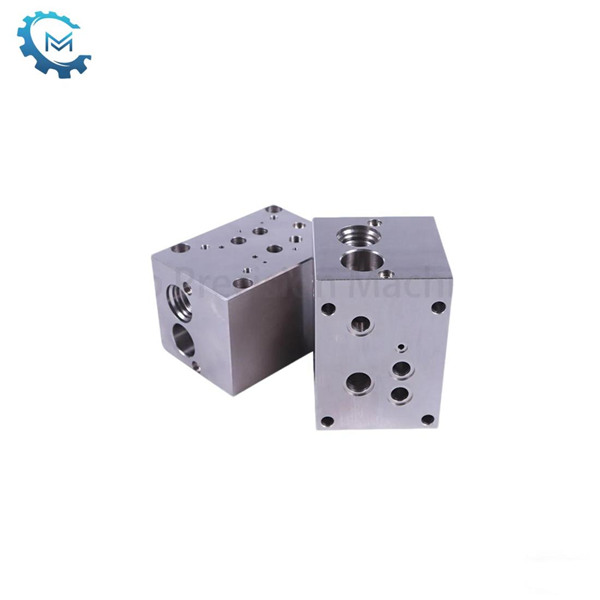- English
- Español
- Português
- русский
- Français
- 日本語
- Deutsch
- tiếng Việt
- Italiano
- Nederlands
- ภาษาไทย
- Polski
- 한국어
- Svenska
- magyar
- Malay
- বাংলা ভাষার
- Dansk
- Suomi
- हिन्दी
- Pilipino
- Türkçe
- Gaeilge
- العربية
- Indonesia
- Norsk
- تمل
- český
- ελληνικά
- український
- Javanese
- فارسی
- தமிழ்
- తెలుగు
- नेपाली
- Burmese
- български
- ລາວ
- Latine
- Қазақша
- Euskal
- Azərbaycan
- Slovenský jazyk
- Македонски
- Lietuvos
- Eesti Keel
- Română
- Slovenski
- मराठी
- Srpski језик
What are the functions of each port in the hydraulic valve block?
2025-05-16
As a hydraulic valve manifold manufacturer, we are well aware that each port in the hydraulic valve manifold has a vital function. When designing and manufacturing hydraulic valve manifolds, we carefully plan the layout and function of each port to ensure that every detail can meet the high standards of customers. The following is our detailed interpretation of the functions of each port in the hydraulic valve manifold.
1. P port (Pressure Port):
Function: P port is the main oil inlet of the hydraulic valve block, connected to the output end of the hydraulic pump. Hydraulic oil enters the valve block through the P port to provide power for the entire hydraulic system.P port is the "source" of the hydraulic system, ensuring that the hydraulic oil can smoothly enter the valve block and be distributed to each hydraulic valve and actuator as needed.
2. T port (Tank Port):
T port is the return oil port of the hydraulic valve block, connected to the hydraulic oil tank. After completing the work, the hydraulic oil returns to the tank through the T port for cooling and filtering.T port ensures that the hydraulic oil is circulated in the system to avoid oil accumulation in the valve block. At the same time, the cleanliness and temperature of the hydraulic oil are maintained through the cooling and filtering functions of the oil tank.
3. A port and B port (Actuator Ports):
A port and B port are the actuator interfaces of the hydraulic valve block, respectively connected to the two chambers of the hydraulic cylinder or hydraulic motor. By controlling the oil circuits of A port and B port, the extension and retraction of the hydraulic cylinder or the forward and reverse rotation of the hydraulic motor can be achieved.Ports A and B are the power channels of the actuators in the hydraulic system. By switching the hydraulic valve, the flow direction of the hydraulic oil is controlled, thereby realizing the motion control of the actuators.
4. X-port and Y-port (Pilot Ports):
X-port and Y-port are interfaces of the pilot oil circuit, which are used to control the oil circuit of the pilot valve. The pilot valve is usually used to control the opening and closing of the main valve, and the main valve is precisely controlled by the pressure change of the pilot oil circuit. The pilot oil circuit port provides an independent oil circuit for the pilot valve, ensuring that the control signal of the main valve can be accurately transmitted, improving the response speed and control accuracy of the hydraulic system.
5. L-port (Load Port):
L-port is the interface of the load feedback oil circuit, which is used to connect the load feedback device. The load feedback device can detect the load change in the hydraulic system and feed back the signal to the control unit to realize the automatic adjustment of the system. The L-port ensures that the hydraulic system can automatically adjust the pressure and flow according to the load change through the load feedback device, improving the stability and efficiency of the system.
Conclusion
As a hydraulic valve manifold manufacturer, we carefully design and manufacture every hole from the main oil circuit hole to the pilot oil circuit hole, from the control oil circuit hole to other functional holes to ensure the efficient and stable operation of the hydraulic system. We are committed to providing customers with high-quality, high-performance hydraulic valve manifolds to help their equipment perform well in various application scenarios.





